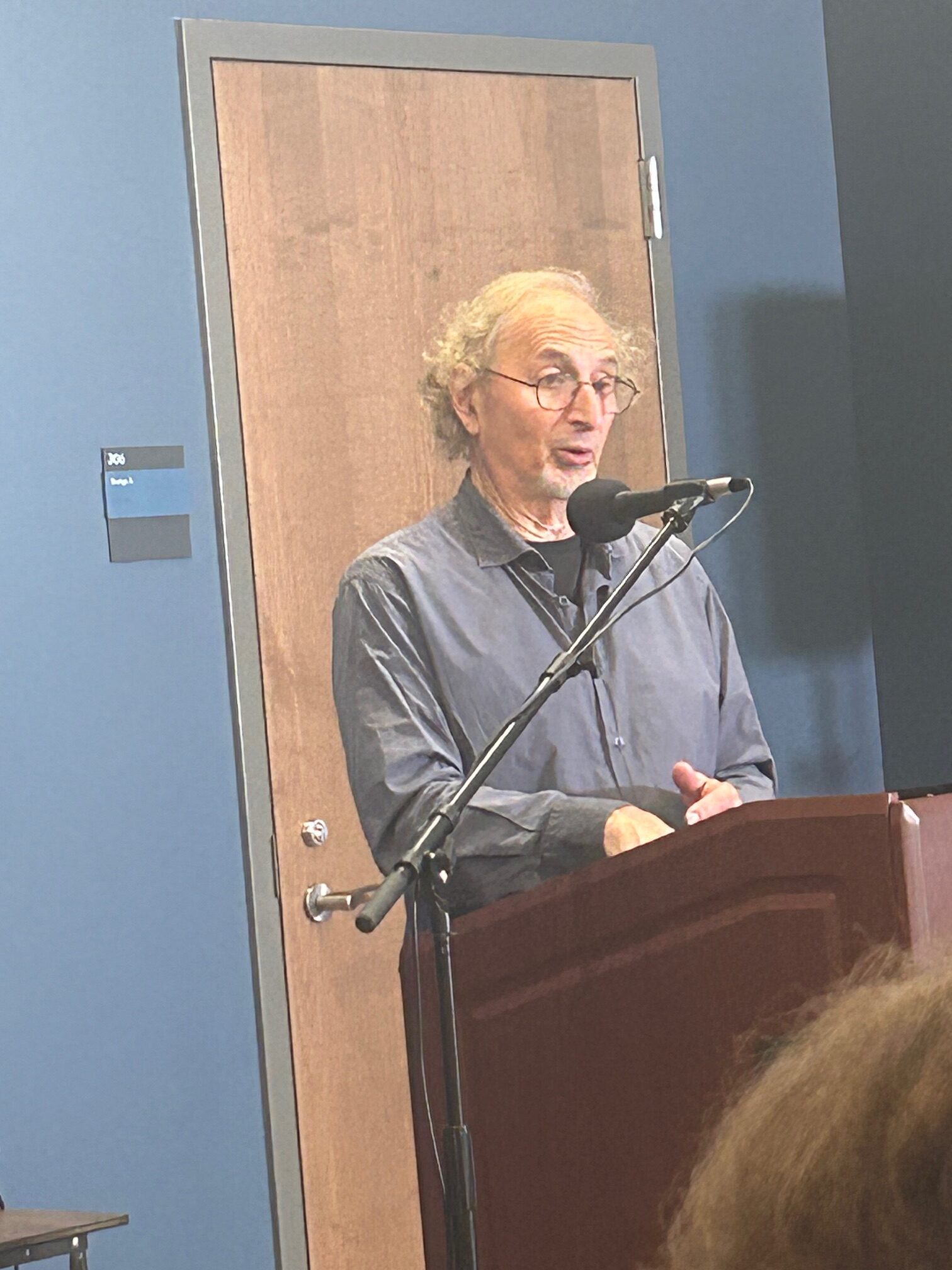“Saffeh is basically a parsley salad – since there’s no lettuce in it. What sets saffeh apart from tabbouli is the chickpeas and bulgur. Coarse bulgur is used for saffeh, typically #2 and the chickpeas turn it into a protein packed salad. It’s a delicious side dish for backyard BBQs or picnics at the park. Pair it with grilled meats, burgers, wraps or even on its own. It’s a healthy salad that everyone enjoys particularly during the summer months,” says content creator and blogger Jenan Zammar.

“Chickpeas are one of the earliest cultivated legumes. Remains of chickpeas from the Middle East have been found that are roughly 7,500 years old. These remains were found in the aceramic levels of Jericho and Çayönü, Turkey, meaning that humans had been cultivating chickpeas since before they could produce pottery. Other samples have been found in Neolithic pottery in Hacilar, Turkey, and appear throughout history in Greece, France, and other areas of Europe,” says Tori Avey.
In fact, she adds, “They begin to appear in literature around A.D. 800 with Charlemagne’s Capitulare de villis. In that text, Charlemagne describes how chickpeas were grown in each imperial demesne, or area of a manor controlled by a lord” (See: https://toriavey.com/the-history-science-and-uses-of-chickpeas/).
How Do I Make Saffeh?
You’ll start by preparing the bulgur. It will need to be boiled for 5 minutes or longer to soften. While the bulgur is boiling, you’ll boil the chickpeas at the same time in a separate pot.
Next, chop the parsley, tomato, green onion and add to a large bowl. The cooled chickpeas and cooled bulgur go into the bowl then the dressing ingredients are mixed together then poured over the salad.








